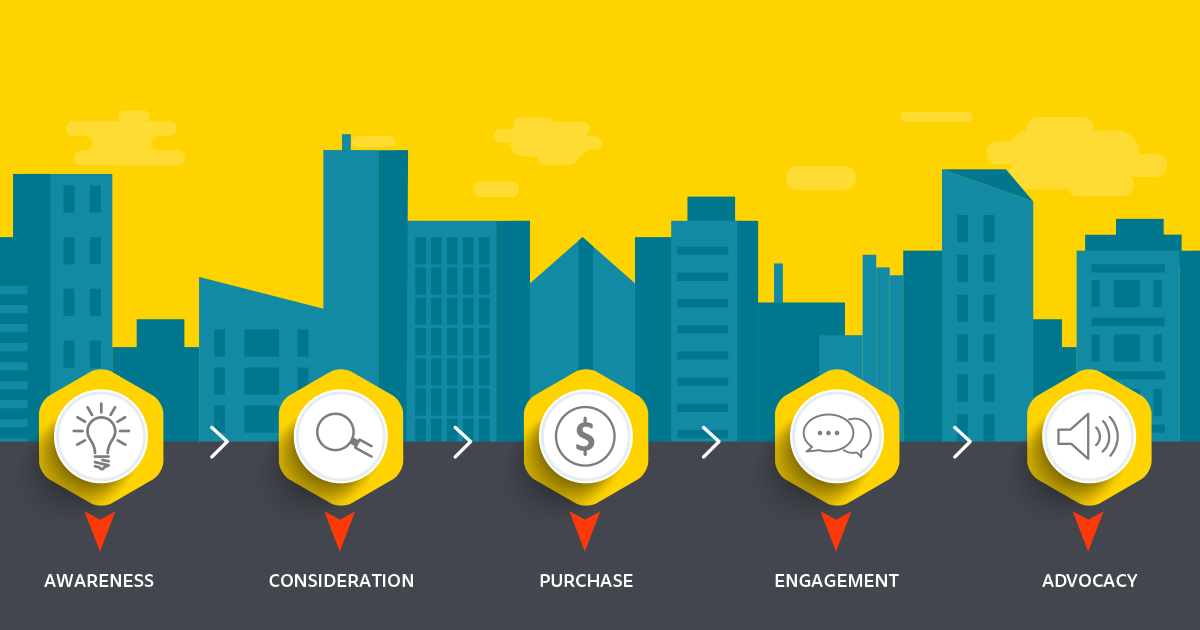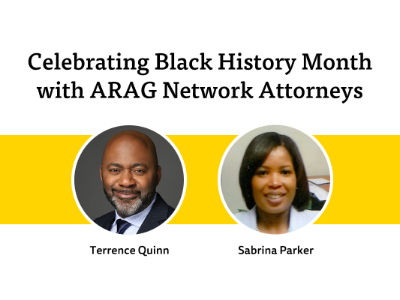What is journey mapping?
Journey mapping is the process of analyzing all the steps a client takes before and during their relationship with you (and your firm). When you take time to recognize what the client needs at each stage of their journey (from becoming aware of your services to retention of future services), you’ll be better prepared to give them the information they need to become a loyal client.
The power of journey mapping is that it encourages you to stop thinking about what you want your clients to know and focuses instead on what your clients want to know. It helps you get inside their heads.
You’ll be amazed at the gaps you might uncover in your current communications once you start thinking about it from the client’s perspective.
How does journey mapping work?
Start by setting aside half a day for you and your staff to focus on mapping your clients’ journey. Create an oversized journey map using large white poster paper. Across the top of your poster, put the key stages a client goes through with you.
Here are some basic stages you can tailor to your firm and clients:
- Awareness: The prospect is learning about your law firm and your services. This person may or may not have a legal need to address at this time.
- Consideration: The prospect has a legal need and is determining whether you’re the right attorney to help.
- Purchase/Hiring: The prospect decides to become a client. These are the first days of your client-attorney relationship.
- Engagement: The client is working with you and your staff.
- Retention: The client’s legal matter has ended, yet you still want to maintain a relationship with them (and earn their referrals).
Down the left side of your map, add core questions and considerations a client may have at each stage. Here are a few we like to ask:
-
What are clients doing?
-
What questions are they asking?
-
What emotions are they feeling?
-
What is the next step we’d like them to take?
-
What content would be helpful to them at this stage?
For every stage of the journey, talk through these questions. As you answer, remember to put yourself in the mind of the client. To avoid groupthink, have everyone write down their own thoughts on sticky notes first. Then share and discuss them as a group, posting on the wall chart.
Take your journey mapping to the next level
Consider incorporating data into your journey mapping discussion. Data from client intake forms, surveys, focus groups, reviews and website analytics can all be used to support your conclusions about what clients need and want at the various stages.
How to apply your client journey map
Once you’ve gone through and answered the questions for each stage, you’ll want to compile the information. Then analyze it for common themes and gaps in your current marketing and communications efforts. If you have a client or two you know well enough, you may also want to run the journey map by them to get their feedback.
- Look at your answers to “What content would be helpful to them at this stage?” These answers highlight areas of opportunity. Freemiums, blog articles and client service communications are a good start.
- Look at your answers to “what emotions are they feeling” and “what questions are they asking” for insight on how to position the content within each stage of the journey.
- Your answers to “What are they doing” may provide insight into where you should serve up content. For example, is your client searching Google or asking Facebook friends for answers to their legal questions during the awareness stage? If so, you may want to develop a social media campaign to drive consumers to a legal tips handbook or other asset to help them address their questions while establishing your credibility and value.
Now, step back and look at your journey map. Is there content you’re currently providing at the wrong stage? Move the content to the more appropriate place in the journey to increase your chances for success.
Finally, ask yourself what you could do to make the journey from prospect to client go more smoothly. Pay special attention to client intake and communications once you’ve engaged with the client. In our research, we’ve found that attorneys struggle to meet the growing expectations of consumers during this phase. Be upfront about frequency and timing of communications, what to expect and how you can be reached if the client has any questions.
The results of your journey mapping will help your firm focus on sending the right information to the right people at the right time (and in the right format). And all that will add up to happier, more loyal clients and a growing business for you!
Ready to map your next clients’ journey? Download this free template to get started.
How Client Journey Mapping Helps Attorneys, Law Practice Today, February 15, 2019. ©2019 ABA, All Rights Reserved. This information or any portion thereof may not be copied or disseminated in any form or by any means or downloaded or stored in an electronic database or retrieval system without the express written consent of the American Bar Association.




